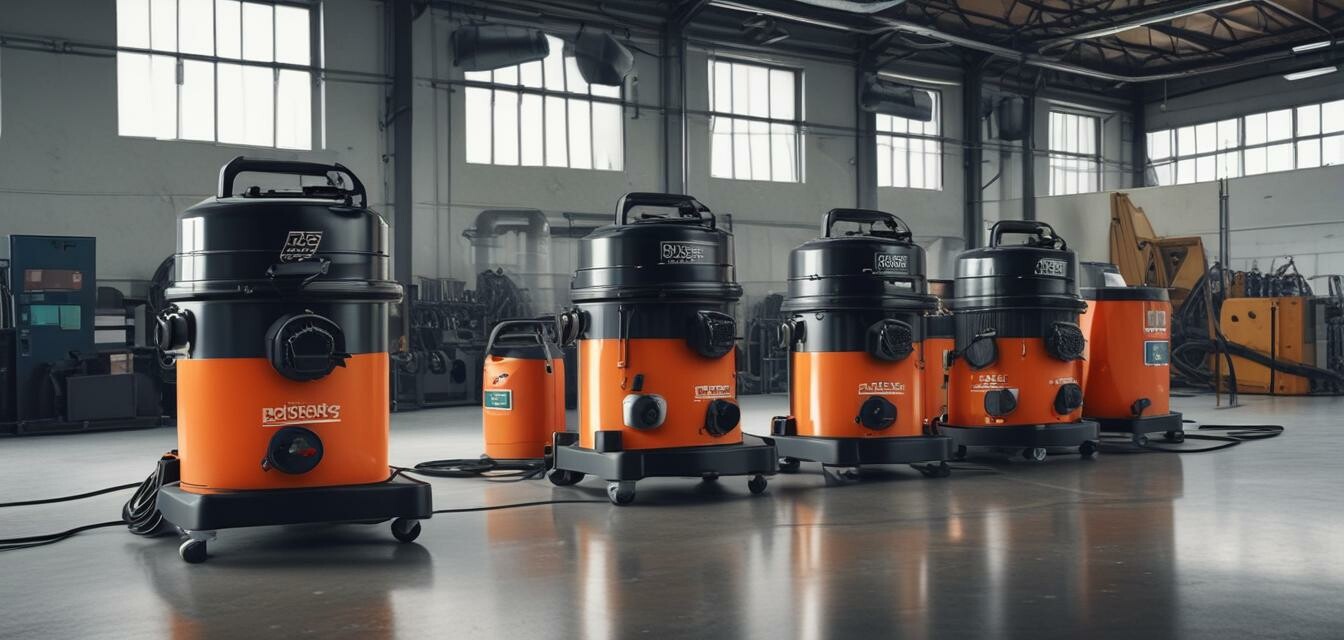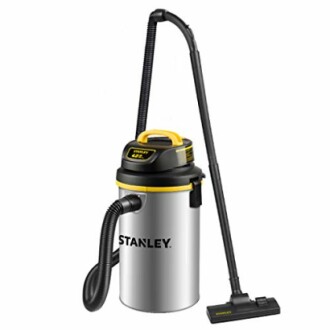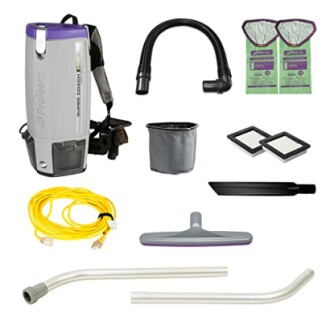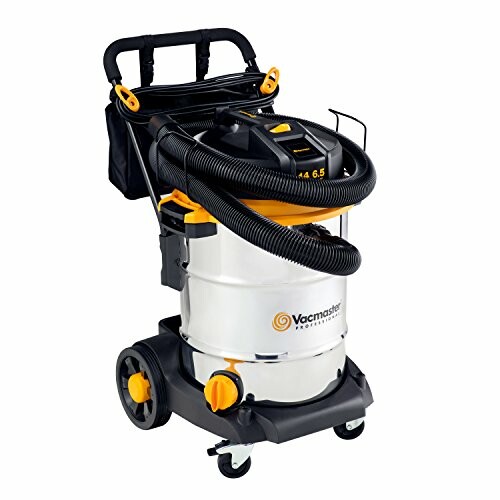
This article was generated using AI and is based on real customer reviews from the Amazon platform. It contains affiliate links, meaning we may earn a commission—at no extra cost to you. As Amazon Associates, we earn from qualifying purchases.
How to Choose the Best Industrial Vacuum for Your Needs
Key Takeaways
- Understand the different types of industrial vacuums available.
- Always consider the specific cleaning tasks you need the vacuum for.
- Pay attention to suction power, tank capacity, and features that enhance usability.
- Consider maintenance requirements to ensure longevity.
Choosing the right industrial vacuum can make a significant difference in your cleaning efficiency and effectiveness, especially in heavy-duty environments. This guide aims to break down essential features, functionalities, and considerations to help you select the perfect vacuum for your needs.
Understanding Industrial Vacuums
Industrial vacuums are powerful machines designed to handle large amounts of debris, dust, and even liquids in various settings, including construction sites, factories, and commercial spaces. They differ from residential vacuums in their construction, features, and capabilities.
Types of Industrial Vacuums
- Wet/Dry Vacuums: Ideal for both liquid and solid debris, perfect for versatile environments.
- Backpack Vacuums: Design allows for mobility and efficiency in tight spaces.
- Centralized Systems: Integrated into the building for extensive cleaning.
- Specialized Vacuums: Exist for specific tasks like hazardous material cleanup.
Key Features to Consider
| Feature | Description |
|---|---|
| Suction Power | Measured in inches of water lift and CFM (Cubic Feet per Minute). More suction means better cleaning performance. |
| Tank Capacity | The larger the tank, the less frequently you need to empty it. Consider your cleaning area size. |
| Portability | Look for vacuums that are easy to move around, especially in larger spaces. |
| Filtration System | Advanced filters help capture fine particles and improve air quality. |
| Accessories | Consider vacuums that come with various attachments for different cleaning tasks. |
Popular Industrial Vacuum Models
Stanley Wet/Dry Hanging Vacuum, 4.5 Gallon, 4 Horsepower, Stainless Steel Tank
Compact and powerful with a wall-mountable design, this vacuum offers strong suction and multiple attachments for versatile cleaning tasks.
Learn MorePros and Cons of Stanley Wet/Dry Vacuum
Pros
- Powerful suction with a 4 HP motor.
- Wall-mountable for convenient storage.
- Long cleaning range with 26 ft. reach.
- Includes multiple accessories for different tasks.
Cons
- May be too heavy for some users at 13 pounds.
- Doesn't provide battery option, limited to corded use.
ProTeam Super Coach Pro 10 Backpack Vacuum
Light and easy to carry, this backpack vacuum is designed for comfort while effectively cleaning hard surfaces without dust disturbance.
Learn MorePros and Cons of ProTeam Super Coach Pro 10
Pros
- FlexFit harness for reduced user fatigue.
- Triangular shape for effective cleaning in corners.
- Advanced filtration system to trap dust.
Cons
- Higher price point than standard vacuums.
- May not have enough capacity for larger jobs.
Vacmaster VJE1412SW0201 Beast Professional Series 14 Gal. 6.5 HP Wet/Dry Vac
With unparalleled suction and a durable build, this vacuum is perfect for tackling even the toughest cleanup tasks at home and job sites.
Learn MorePros and Cons of Vacmaster Beast Professional Series
Pros
- Best-in-class suction power for heavy duty tasks.
- Durable stainless steel tank for long-lasting use.
- Convenient storage for accessories.
Cons
- Bulky design may not be suitable for all spaces.
- Heavier compared to other portable options.
Considerations for Choosing Your Vacuum
When deciding on an industrial vacuum, consider the following:
- Cleaning Environment: Understand how much space you’ll have, the types of floors, and other specifics of your cleaning area.
- Frequency of Use: If you need a vacuum for daily use, durability and ease of maintenance will be crucial.
- Your Cleaning Tasks: Will you be cleaning up mostly dry debris, wet spills, or both?
- Budget: Compare models for features at different price points to ensure you’re getting value for your investment.
Internal Resources for More Information
For additional guidance on specific types of vacuums and cleaning techniques, explore our detailed resources:
- Wet-Dry Vacuums
- Pressure Washers for Industrial Cleaning
- Cordless vs. Corded Cleaning Equipment
- Heavy Duty Vacuum Cleaners
- Heavy Duty Cleaning Accessories
Conclusion
Choosing the right industrial vacuum requires considering various factors, including the environment, tasks, and specific features. With this guide, we hope to have provided you with the necessary insights to make a confident decision. Remember, investing in the right equipment will save you time and effort in the long run, keeping your workspace clean and efficient.


